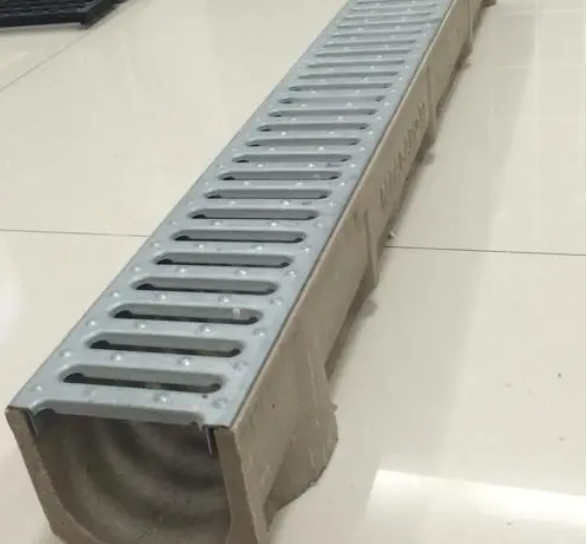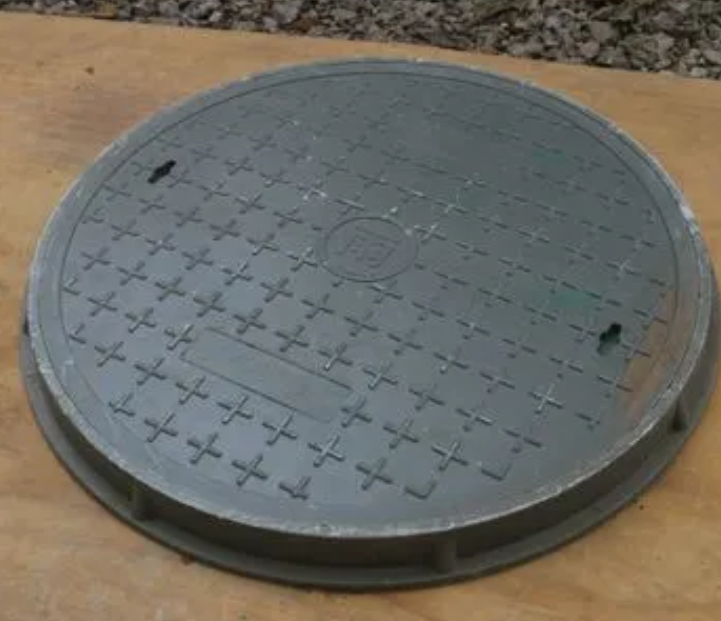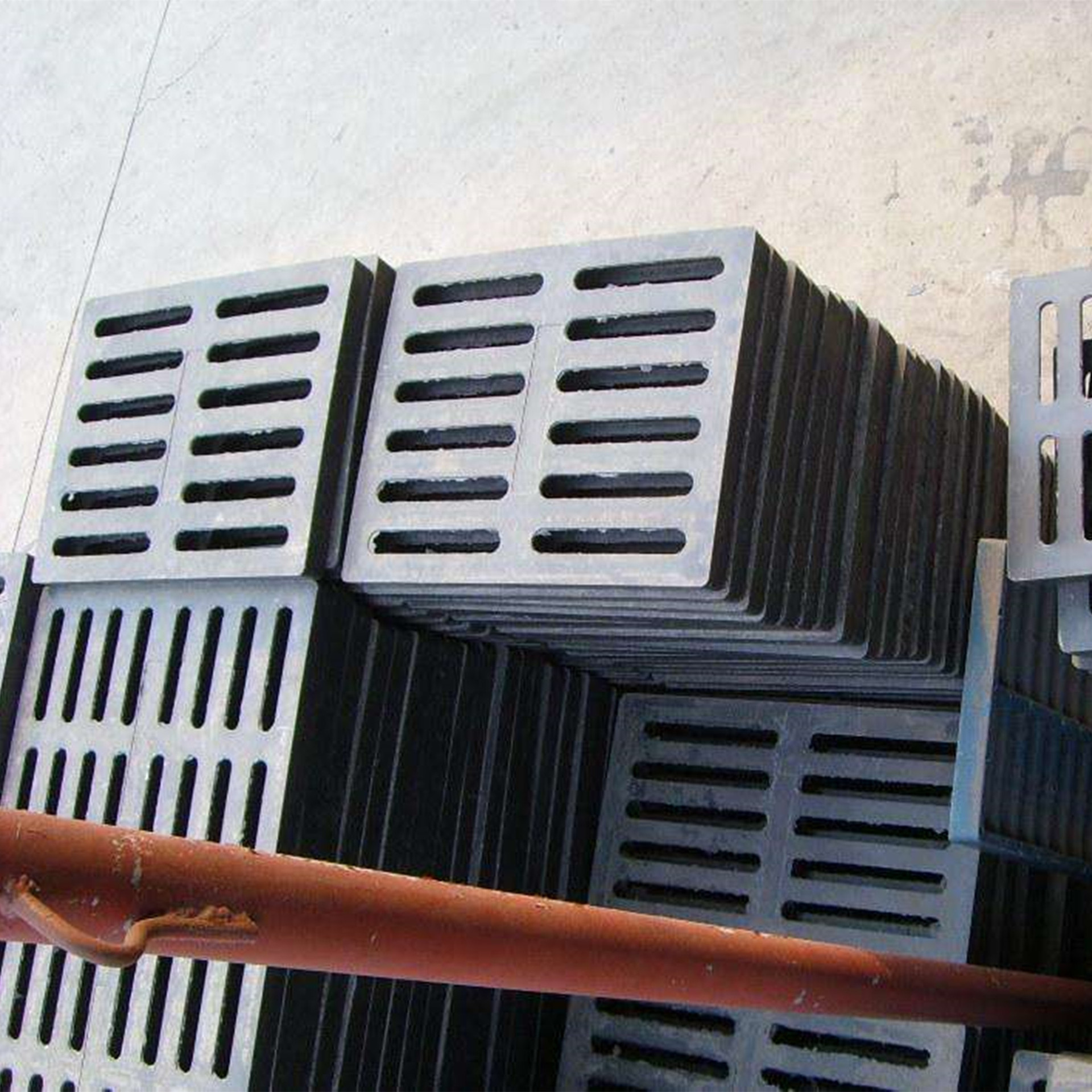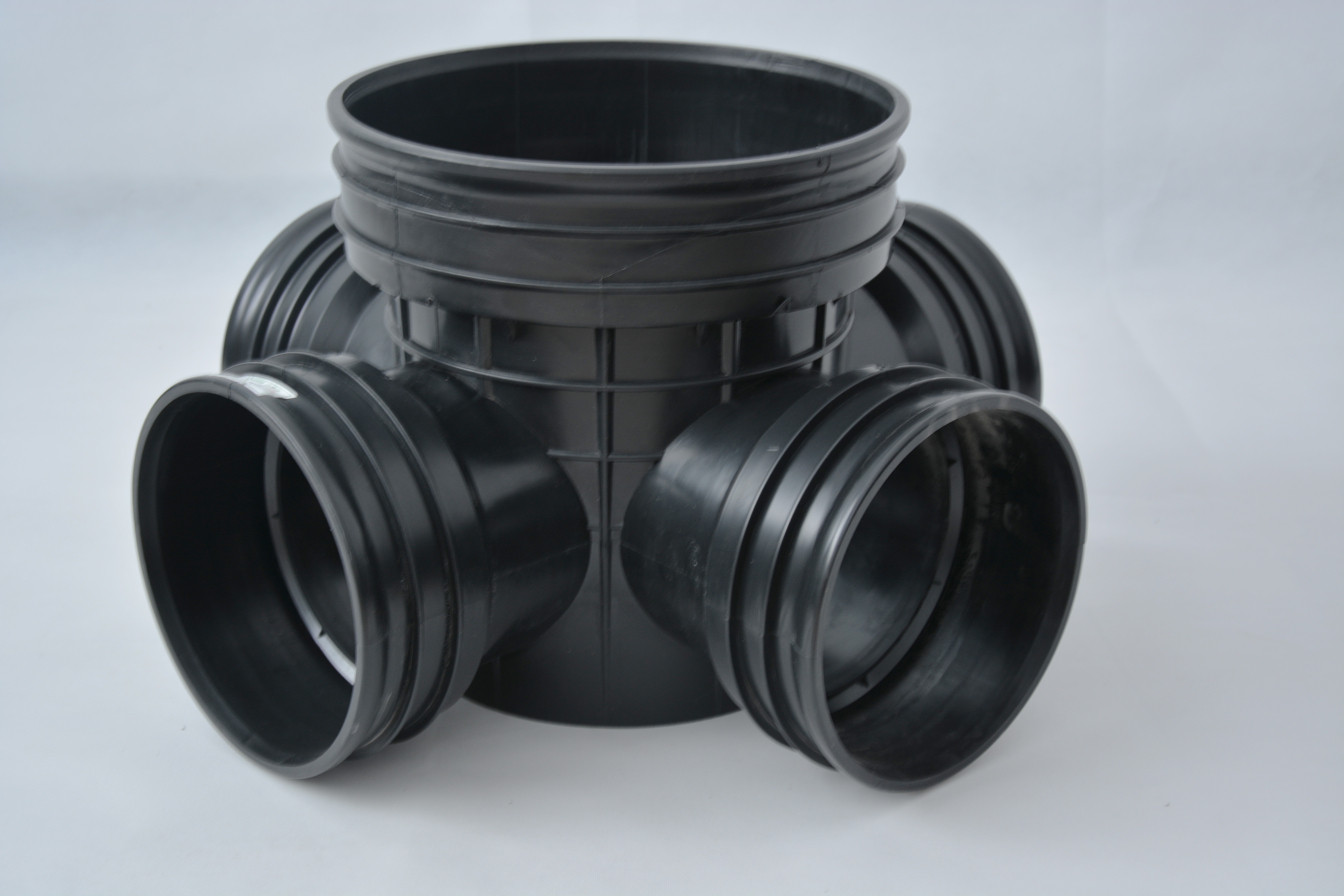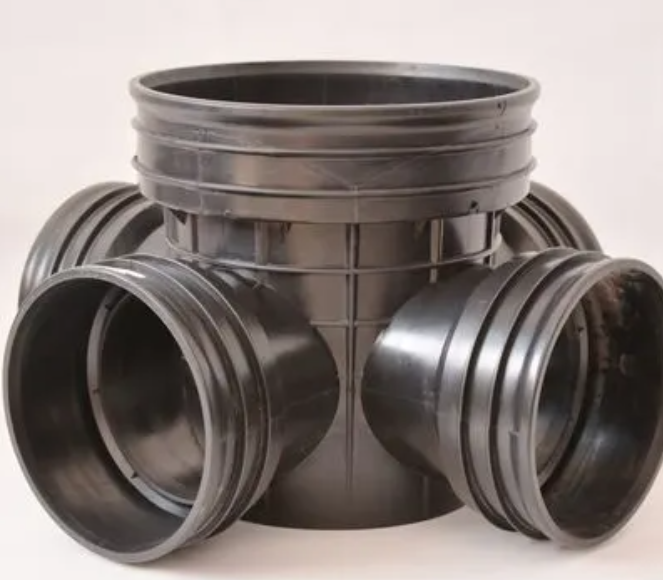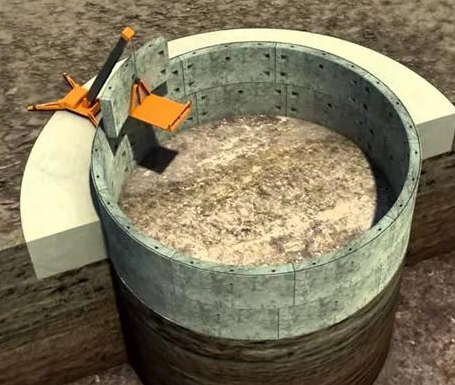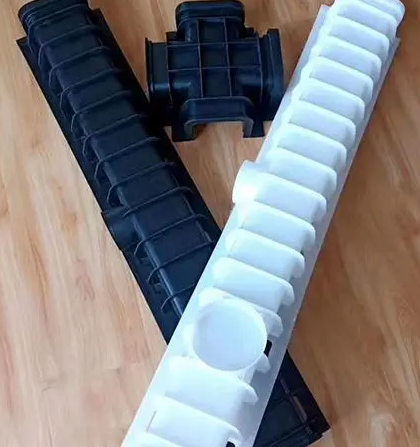Title: Diverting Drainage Pipes - A Comprehensive Guide
Introduction:
Diverting drainage pipes is a crucial task in various construction and renovation projects. This guide aims to provide a comprehensive overview of the process, including the necessary steps, considerations, and potential challenges. By following these guidelines, you can ensure a successful diversion of drainage pipes.
I. Understanding the Need for Diverting Drainage Pipes
1. Identifying the reasons for diversion
a. Changes in building layout or design
b. Addressing drainage issues or flooding risks
c. Accommodating new construction or landscaping plans
2. Assessing the existing drainage system
a. Mapping the current drainage network
b. Evaluating the capacity and condition of existing pipes
c. Identifying potential bottlenecks or areas of concern
II. Planning the Diversion
1. Engaging professionals
a. Consulting with civil engineers or drainage experts
b. Seeking necessary permits or approvals from local authorities
2. Conducting a site survey
a. Assessing the topography and soil conditions
b. Identifying potential obstacles or utilities that may affect the diversion
3. Designing the new drainage system
a. Determining the optimal route for the diverted pipes
b. Calculating the required pipe size and slope for efficient drainage
c. Incorporating necessary features such as manholes or catch basins
III. Executing the Diversion
1. Preparing the construction site
a. Clearing the area of any obstructions or vegetation
b. Marking the new route for the pipes
2. Excavating and installing new pipes
a. Digging trenches along the planned route
b. Laying the new pipes and ensuring proper alignment and connections
c. Backfilling the trenches and compacting the soil
3. Connecting the diverted pipes to the existing system
a. Cutting into the existing pipes at the appropriate locations
b. Installing junctions or connectors to link the old and new pipes
c. Ensuring proper sealing and waterproofing to prevent leaks
IV. Testing and Inspection
1. Conducting pressure tests
a. Checking for leaks or weak points in the new system
b. Using water or air pressure to simulate normal operating conditions
2. Inspecting the entire drainage network
a. Verifying the functionality of all pipes, junctions, and connections
b. Identifying and rectifying any issues or deficiencies
V. Maintenance and Post-Diversion Considerations
1. Implementing regular maintenance routines
a. Clearing debris or blockages from the drainage system
b. Inspecting and repairing any damage or wear over time
2. Monitoring the effectiveness of the diversion
a. Assessing the drainage performance after heavy rainfall or storms
b. Making adjustments or improvements as necessary
Conclusion:
Diverting drainage pipes requires careful planning, execution, and maintenance to ensure a functional and efficient system. By following the steps outlined in this guide, you can successfully navigate the process and address any challenges that may arise. Remember to consult with professionals and adhere to local regulations to achieve the best results.

